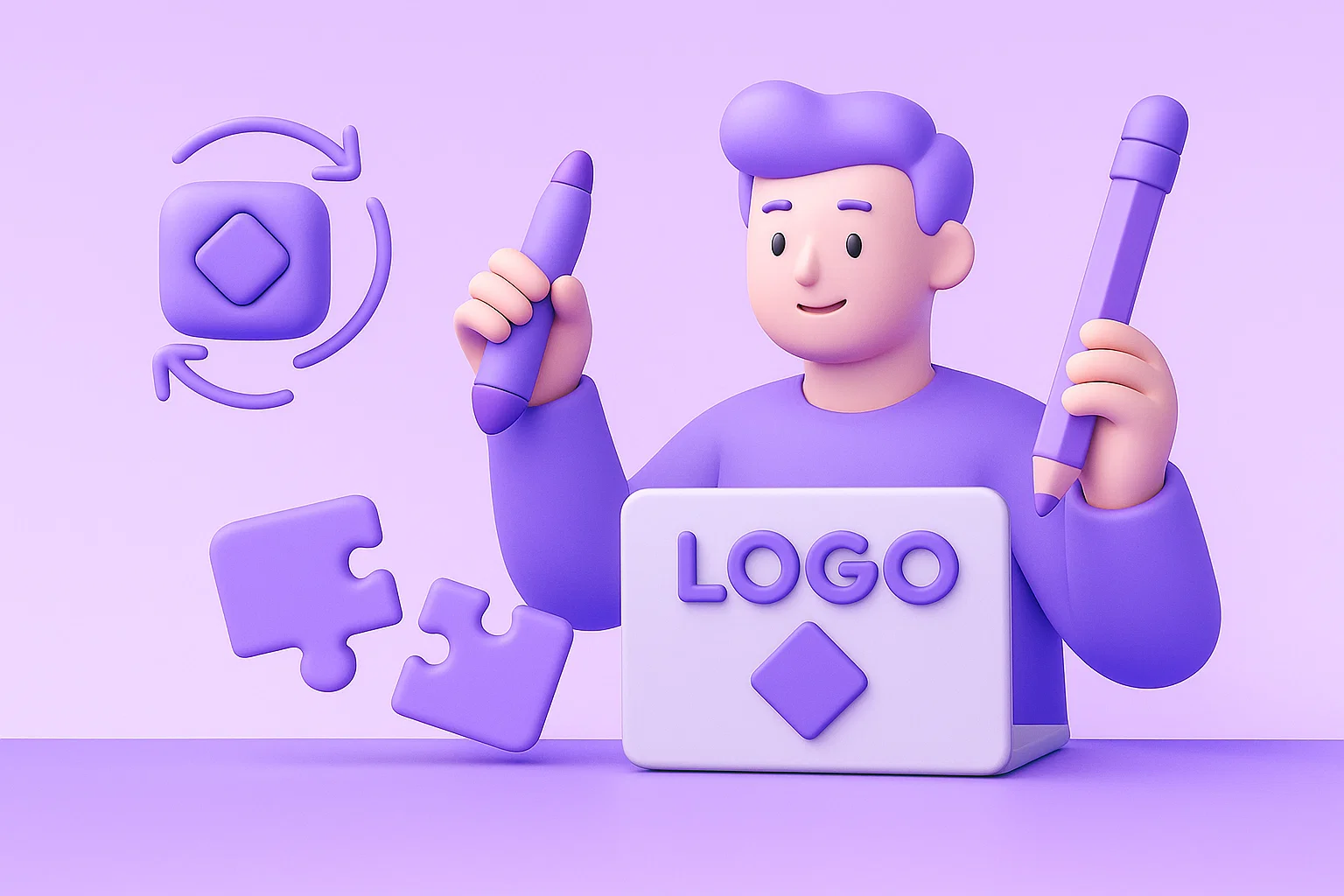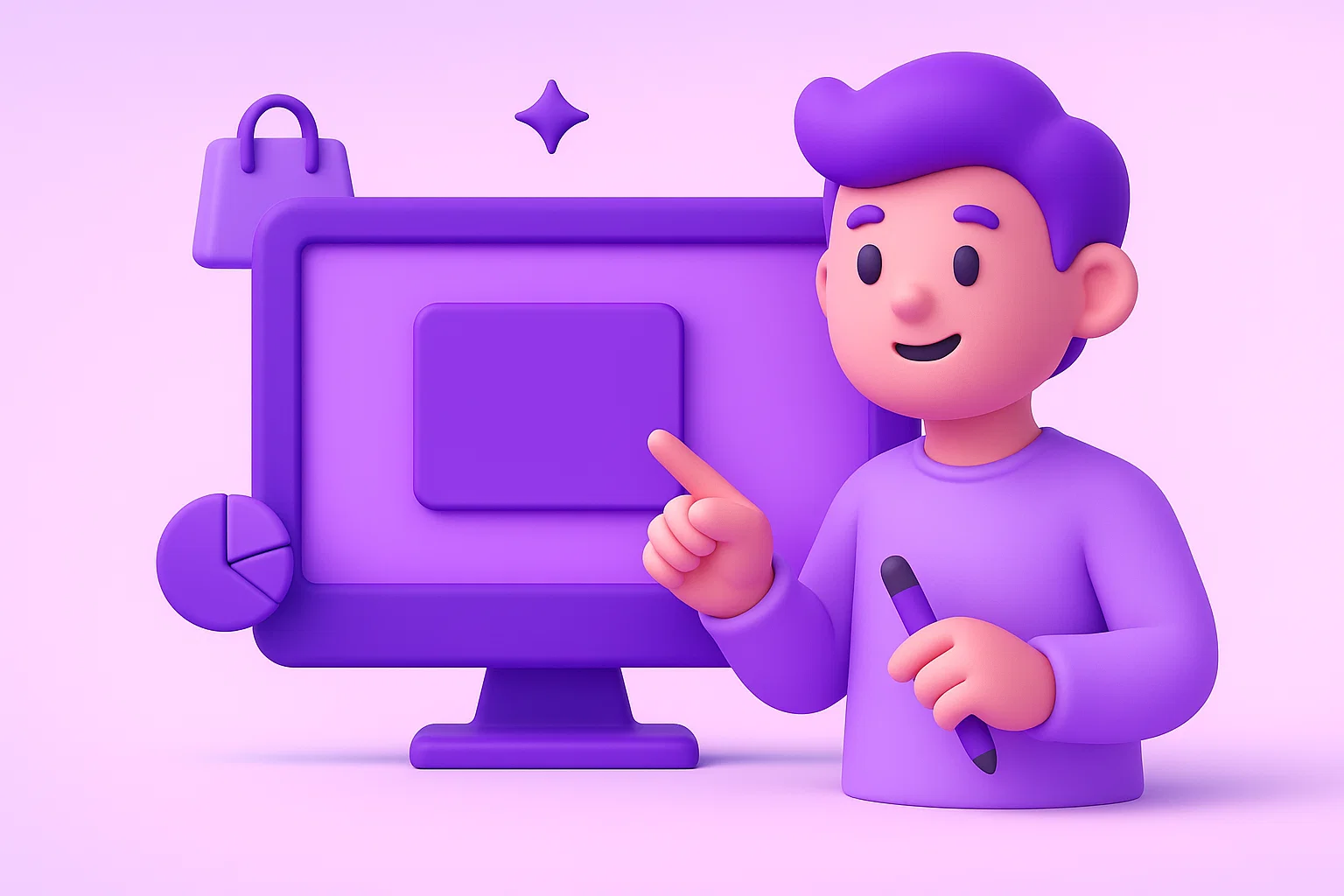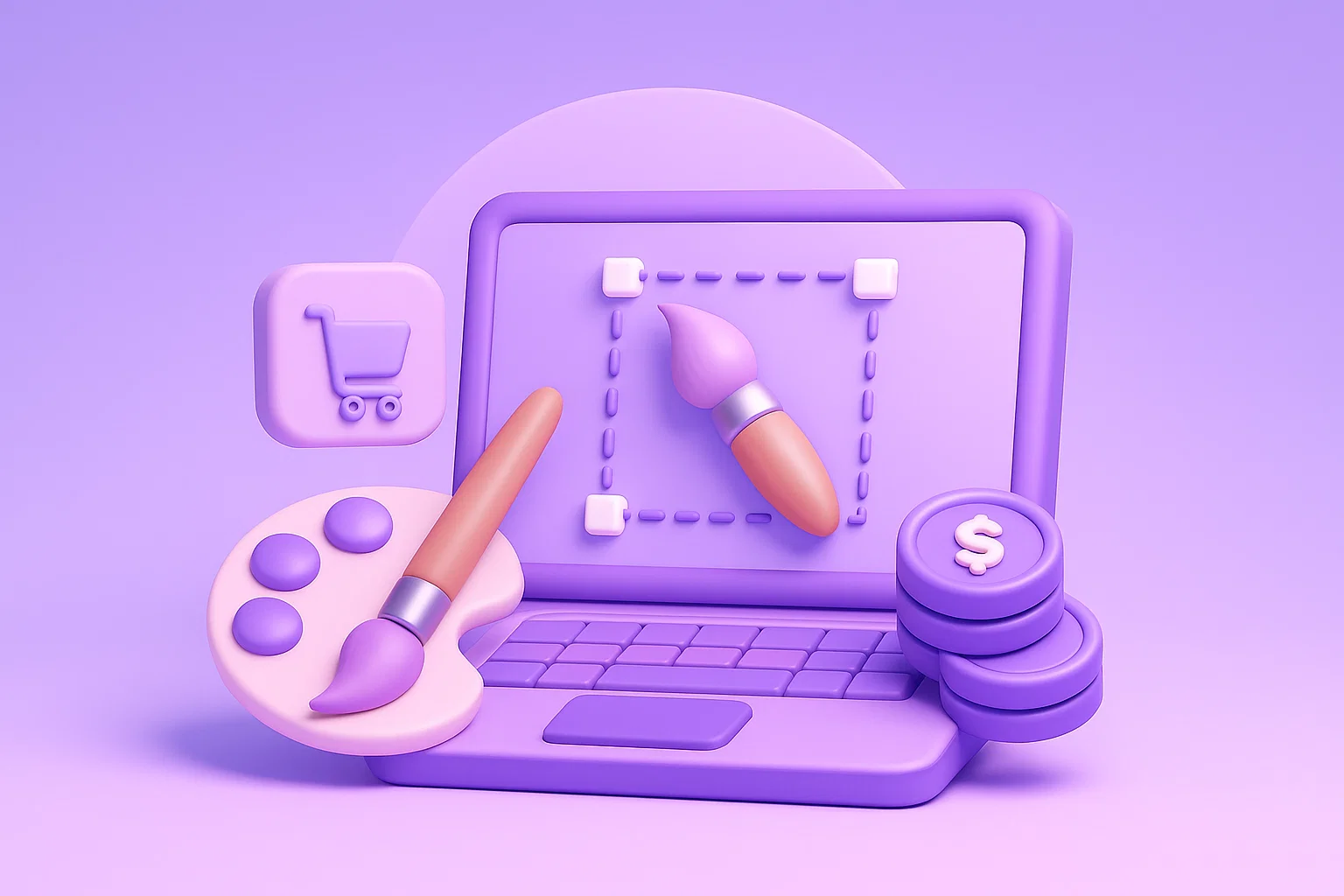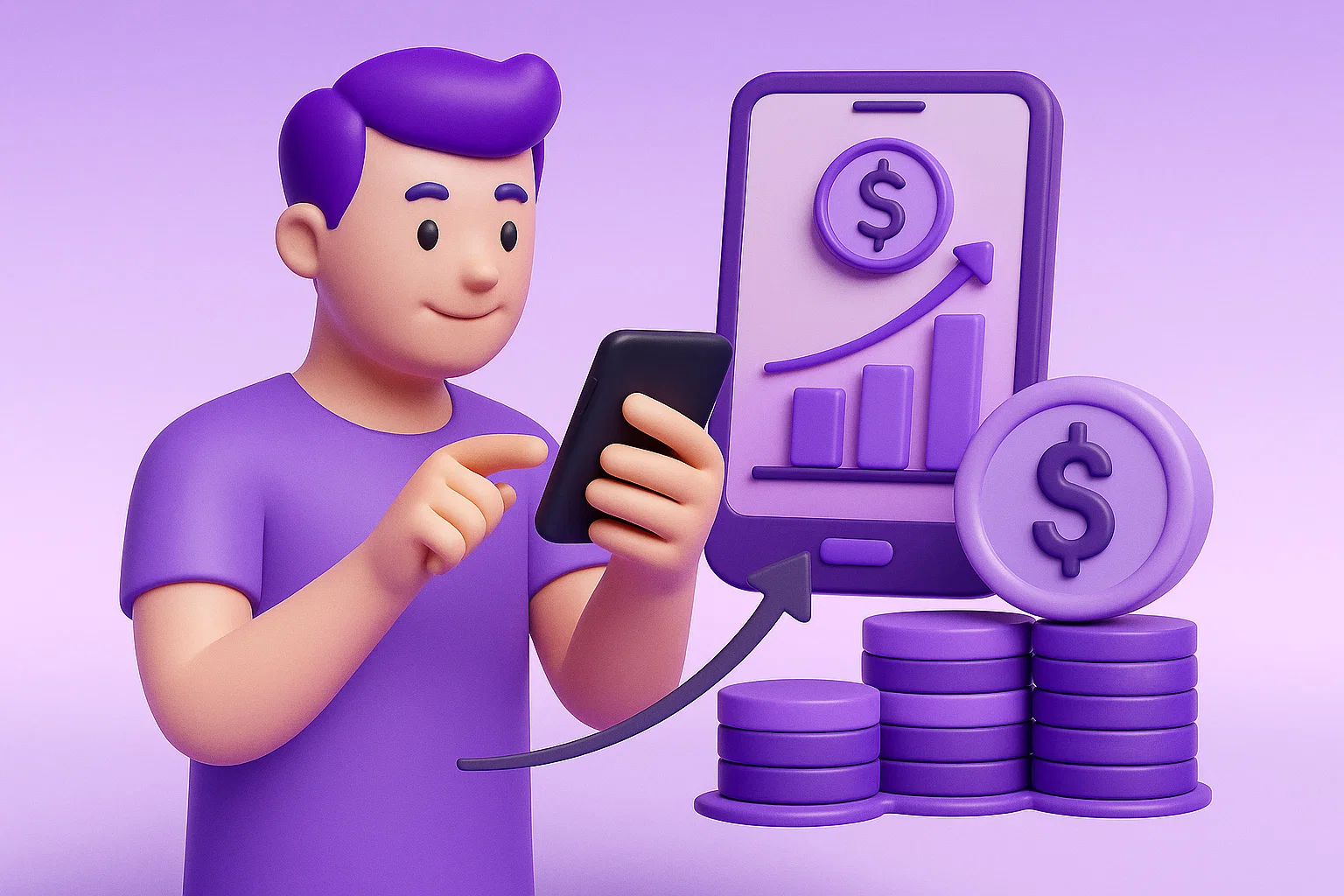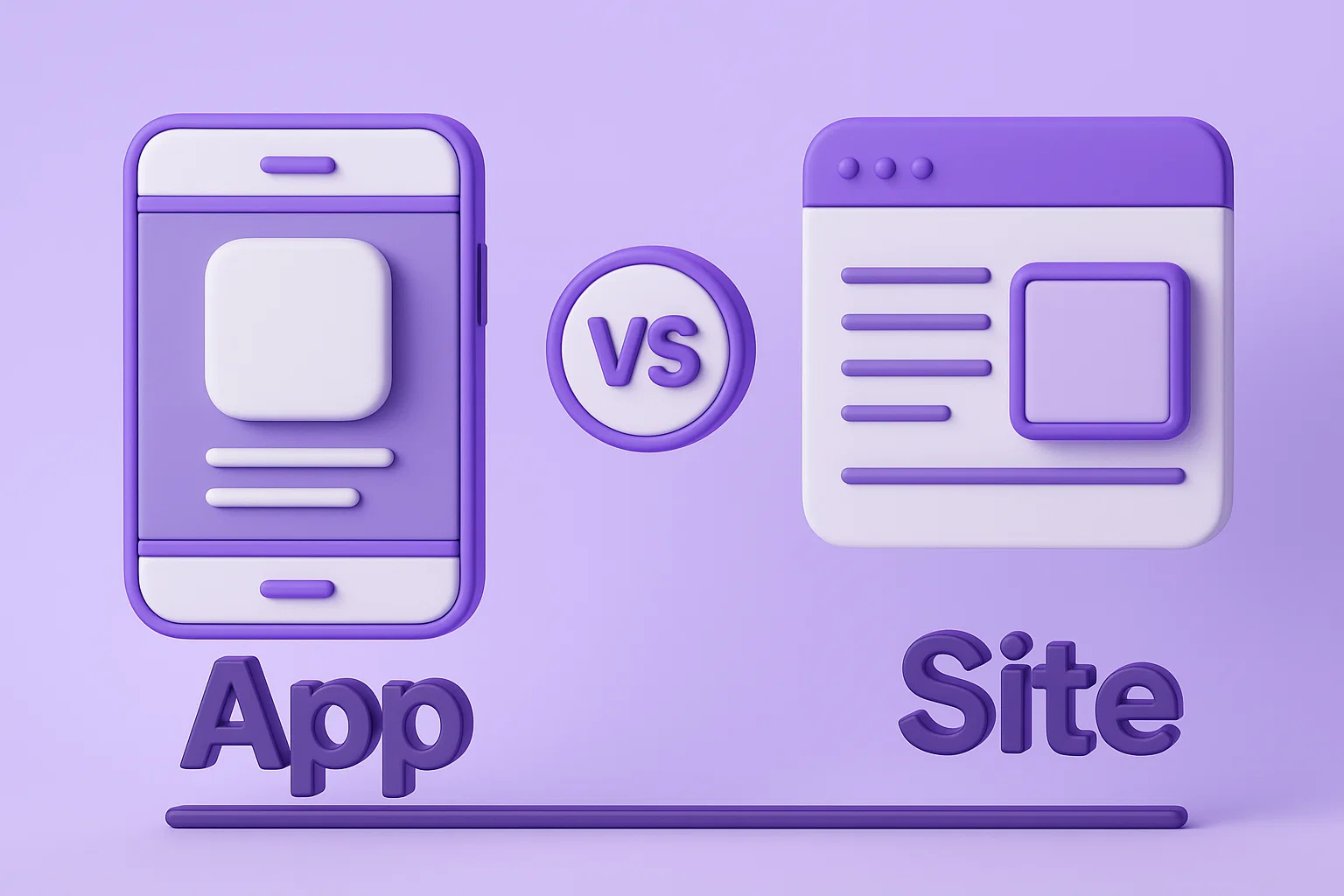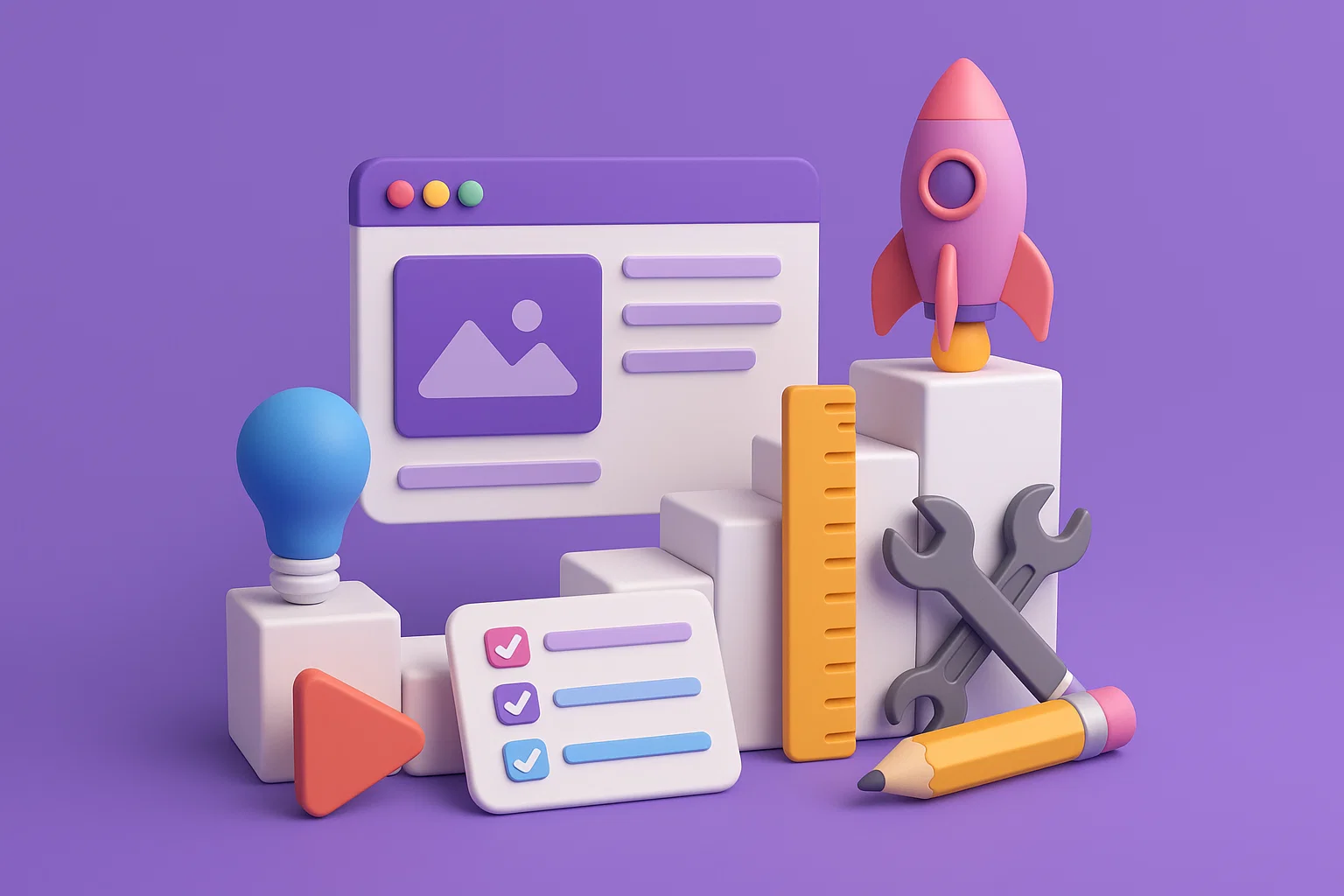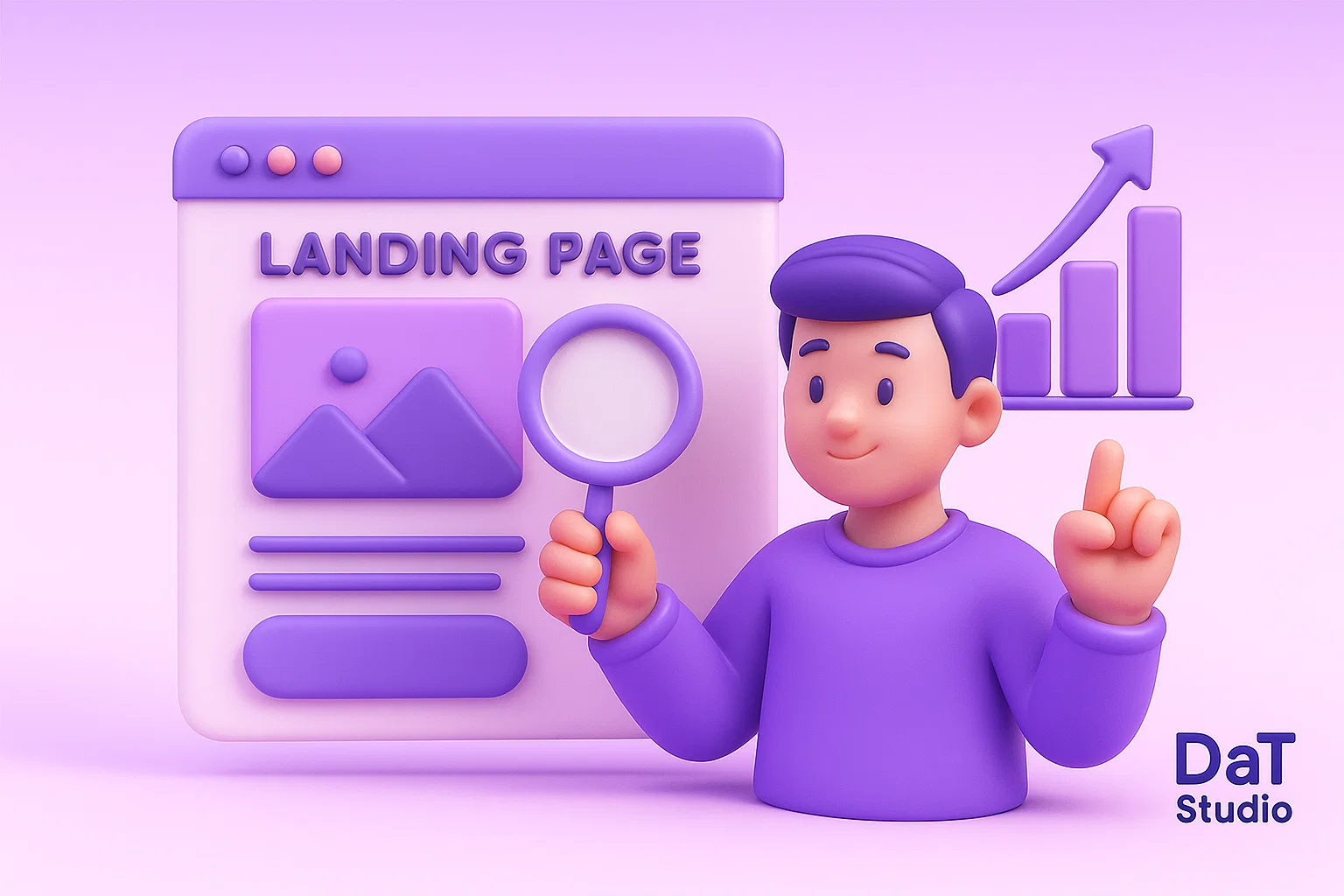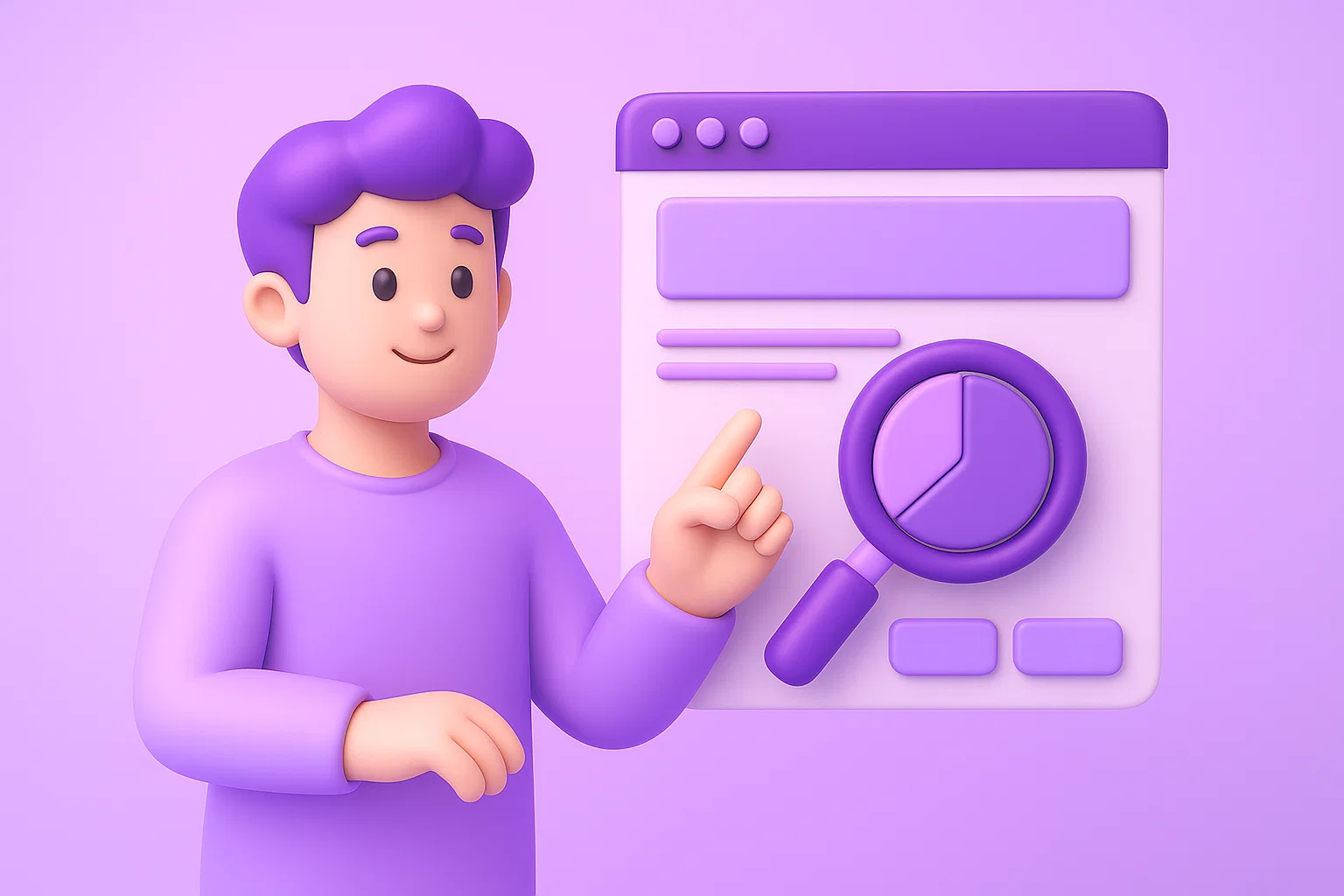Mobile Development Technologies: What to Choose to Avoid Losing Time and Money
Launching a mobile app is not just a responsible step but a strategic decision that affects the product's success, investment, and brand perception. One of the first questions you usually have to answer is: what tech stack should you use to build the product? Should you create separate apps for iOS and Android—or use cross-platform technologies that allow you to target both platforms with a single codebase? This choice impacts everything: from costs and timelines to UX, maintenance, and scalability.
Native Development
Native development is a traditional approach where an app is built using each platform’s native language: Swift/Objective-C for iOS and Kotlin/Java for Android.
Advantages:
- Maximum performance. The app directly accesses device resources—camera, sensors, graphics. Crucial for demanding apps: fitness trackers, games, AR.
- Better UX. The interface looks and feels native. Everything works as the user expects.
- Access to all OS features. New iOS and Android features become available immediately—from widgets to AR and NFC.
- Stability. Direct system integration minimizes bugs and conflicts.
Cross-Platform Development
Cross-platform frameworks like React Native and Flutter allow you to write code once and run it on both iOS and Android.
Advantages:
- Saves time and budget. One team, one codebase—two apps.
- Fast launch. You can publish on the App Store and Google Play quickly. Important if you want to beat competitors or start generating revenue faster.
- Unified interface. The app looks the same on all devices—easier design and maintenance.
- Convenient support. Updates, bug fixes, and new features are written once—and work everywhere.
It’s important to understand: frameworks like React Native and Flutter primarily handle the interface and user interaction. But if your app works with data, authentication, payments, or other business logic—you’ll also need a backend. It can be built in Node.js, Python, PHP, C#, Java, and others. This doesn’t mean double work—it’s a smart split: interface via cross-platform, logic via backend. It’s still faster and easier than building two native apps.
The Third Way — PWA
PWA is a website that behaves like a mobile app. It installs on the device, works offline, supports push notifications, and opens without a browser.
When to choose:
- You already have a website—it can be adapted without building a separate app.
- You need an MVP fast and cheap.
- The app doesn’t require deep device integration.
Tip: You can wrap a PWA (via Flutter, Capacitor, Cordova) and publish it in the App Store and Google Play. But be aware of platform restrictions, especially App Store—Apple might reject apps that look like “wrapped websites.”
How Do We Help You Decide?
In our practice, we’ve worked with very different projects. The technology choice always depends on business goals and what the app needs to achieve. We don’t stick to one approach—we analyze your idea from multiple angles.
For one of our clients in e-commerce, we recommended native development. They needed the smoothest and fastest purchase process, with great animations and deep integration with Apple Pay and Google Pay. The result was a responsive, user-friendly app that directly improved conversion rates.
At the same time, for a food delivery startup, we suggested a cross-platform solution using Flutter. This allowed them to quickly enter the market with minimal investment, test the business model, and start attracting clients and couriers. The app had all necessary features, and the saved budget went into marketing.
So What to Choose?
Choose native development if you need top performance, complex graphics or animations, perfect user experience, and want to use the latest OS features right after release.
Choose cross-platform development if you’re on a tight budget or deadline, want to build an MVP fast, your app has standard functionality, or you want to reach the widest audience with minimal costs.
Choose PWA if you already have a website, want to test an idea quickly and cheaply, or your product doesn’t require deep device integration. It’s ideal for MVPs, internal tools, or niche solutions. And if needed, you can “package” it and publish in the app stores.
Choosing the right tech stack is the foundation of your app's success. Still not sure which approach fits your idea best? Contact us. We’ll analyze your goals and find the solution that delivers the best results for your business.
Other articles
